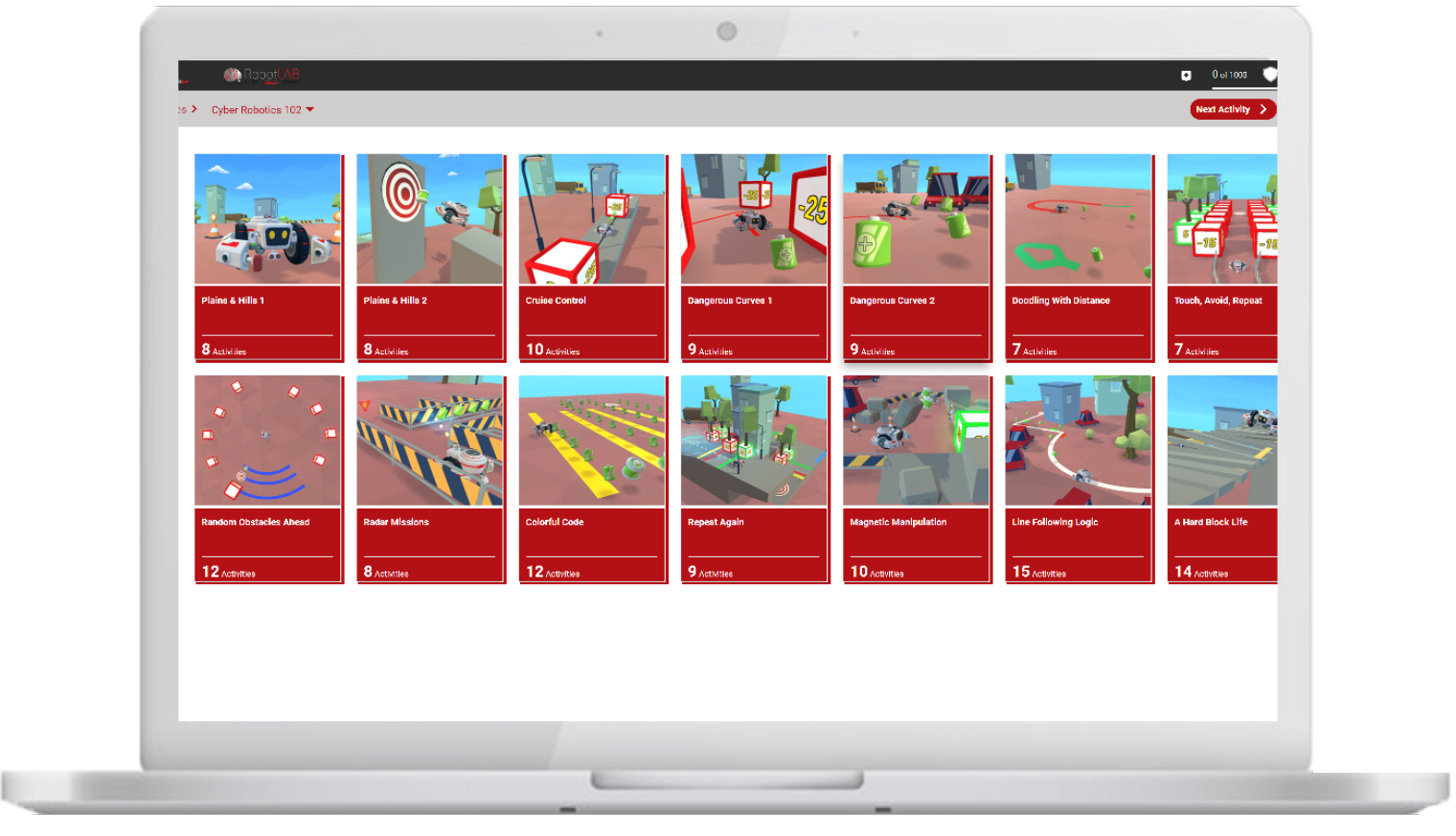By Daniel Farkas
Sometimes, educational experiences are found in the least likely of places--especially during remote learning.
 Photo by Kimberly Farmer on Unsplash
Photo by Kimberly Farmer on Unsplash
Ninety-nine percent of K-12 teachers are facilitating remote instruction. The shift to remote learning has proven to introduce new challenges for both students and educators at all levels. Zoom fatigue, lower engagement (which varies across racial and economic lines), and minimal information retention have created a subpar learning environment that often needs to be supplemented with varying forms of learning outside of the virtual classroom.
One survey found that 67 percent of students’ homework completion rates are worse that before, 75 percent of teachers believe access to technology has been a major obstacle in remote learning, and most teachers are witnessing diminished attendance rates (with some only having 25 percent of their students participate on a daily basis).
Working parents and teachers alike, desperate to find new solutions to the immense challenge that remote learning has brought upon their daily lives, have turned to creative solutions such as micro-schools, tutoring, and most notably, video games to ensure their children are receiving the best education possible.
The question remains: What strategies or learning formats are best for children to supplement their learning at home? And how can educators best introduce these strategies to their students?
Strategies for remote learning
Most parents won’t become de facto teachers overnight, and while it’s difficult to balance remote education and everyday life, there are outside resources and strategies that parents can incorporate into their children’s daily education. It’s a critical step to ensure successful remote learning as we’ve already seen the decline in completed classwork, engagement, and information retention.
While there’s been some government support, for example California announced its Learning Loss Mitigation Fund awarding $5.3B to California schools, the reality is that supplemental learning has become a requirement for students during this time, this includes:
● Creating a home-learning environment: Creating a designated learning space in the home, as well as a dedicated schedule can be a positive factor in a successful remote learning journey. It also teaches students organization and time-management skills.
● Online tutoring: The online tutoring market has grown by nearly 10 percent in the last year alone due to the impact of remote learning – an efficient resource that many parents have leaned on to supplement their children’s current education.
● Supplemental technology: There are thousands of free apps and websites that can do wonders in filling in the gaps created by remote learning. Whether it’s English, History, or STEM fields parents have found success incorporating myriad tools and resources to help their children learn at home.
Supplementing remote learning with video games
Most would consider video games an antithesis to education, but studies have shown that games provide a 23 percent gain over traditional learning, and that games can be a great addition to language learning specifically.
Video games have been a component to education for years – from the popular Mario Teaches Typing most familiar to millennials’ via grade-school computer class to newer incumbents such as apps designed specifically to teach foreign languages to kids.
Now even more mainstream video games are making an impact on the current education system. One teacher in Montreal took it upon himself to incorporate the AAA game Assassin’s Creed in his daily curriculum to help his students explore important parts of history such as Ancient Greece, the Roman Empire, and the American Revolution. Another popular video game, Roblox, announced its Teaching Remotely resource this year. The new offering includes tips for teachers and parents on how to approach the virtual classroom setup, with STEM-focused lesson plans on how to build story games, how to create a spaceship, and how to build an obstacle course within the game.
The current status of our education system has forced parents and teachers alike to get creative in how they’re educating. With remote learning set to be in place into the first half of 2021, it’s not farfetched to imagine the traditional rules around how education is supposed to work continue to be broken with new technologies and teaching strategies.
Non-traditional learning tools could be the key to push the education system past the crossroads that it’s currently in – with immense benefits for the future of education.
Discover more Resources with RobotLAB!

CoderZ is an online educational environment that improves students 21st century skills, while they are having fun programming their own virtual cyber robot. CoderZ and RobotLAB has different lessons to do at home! Check them out Here

